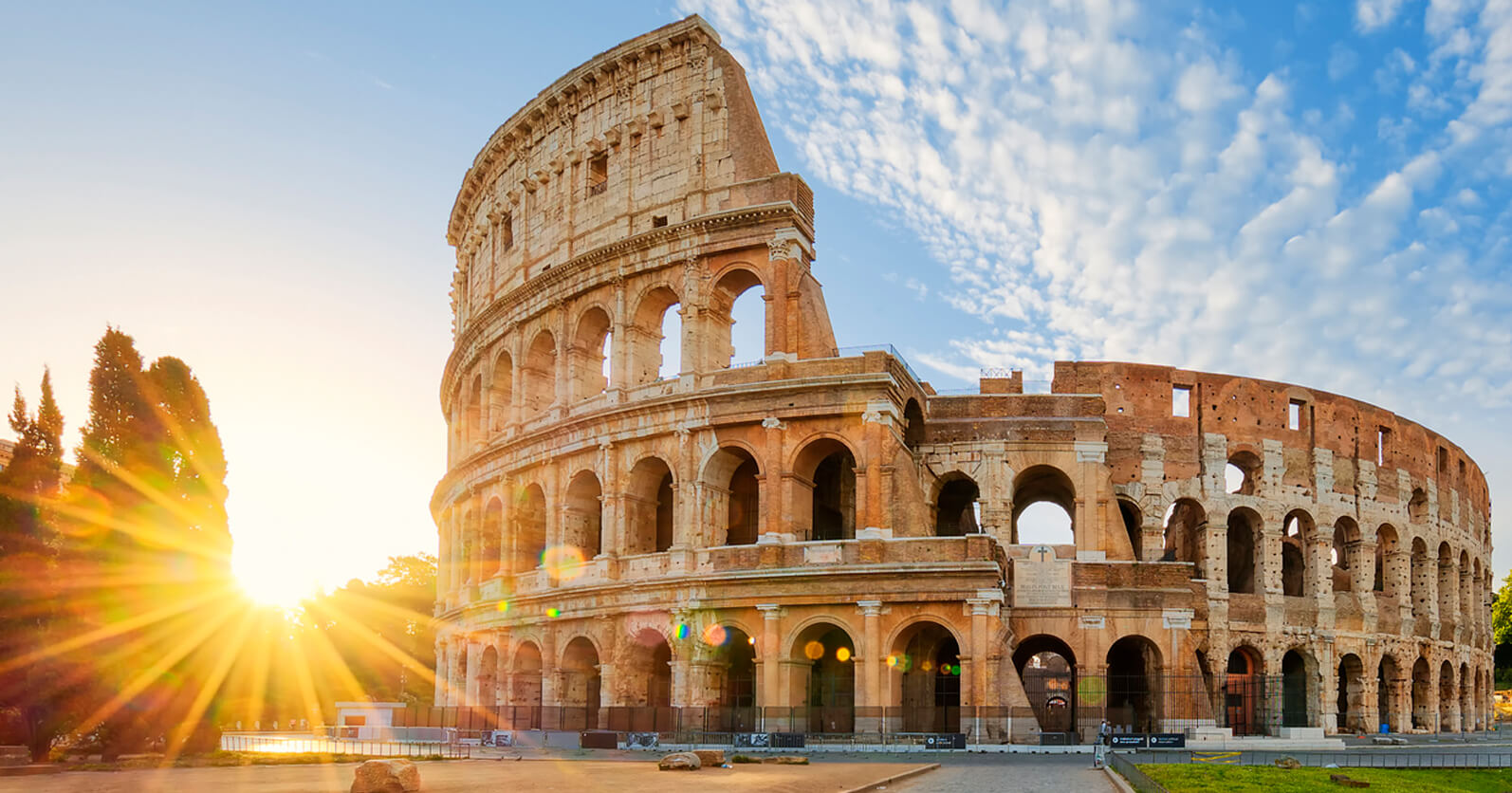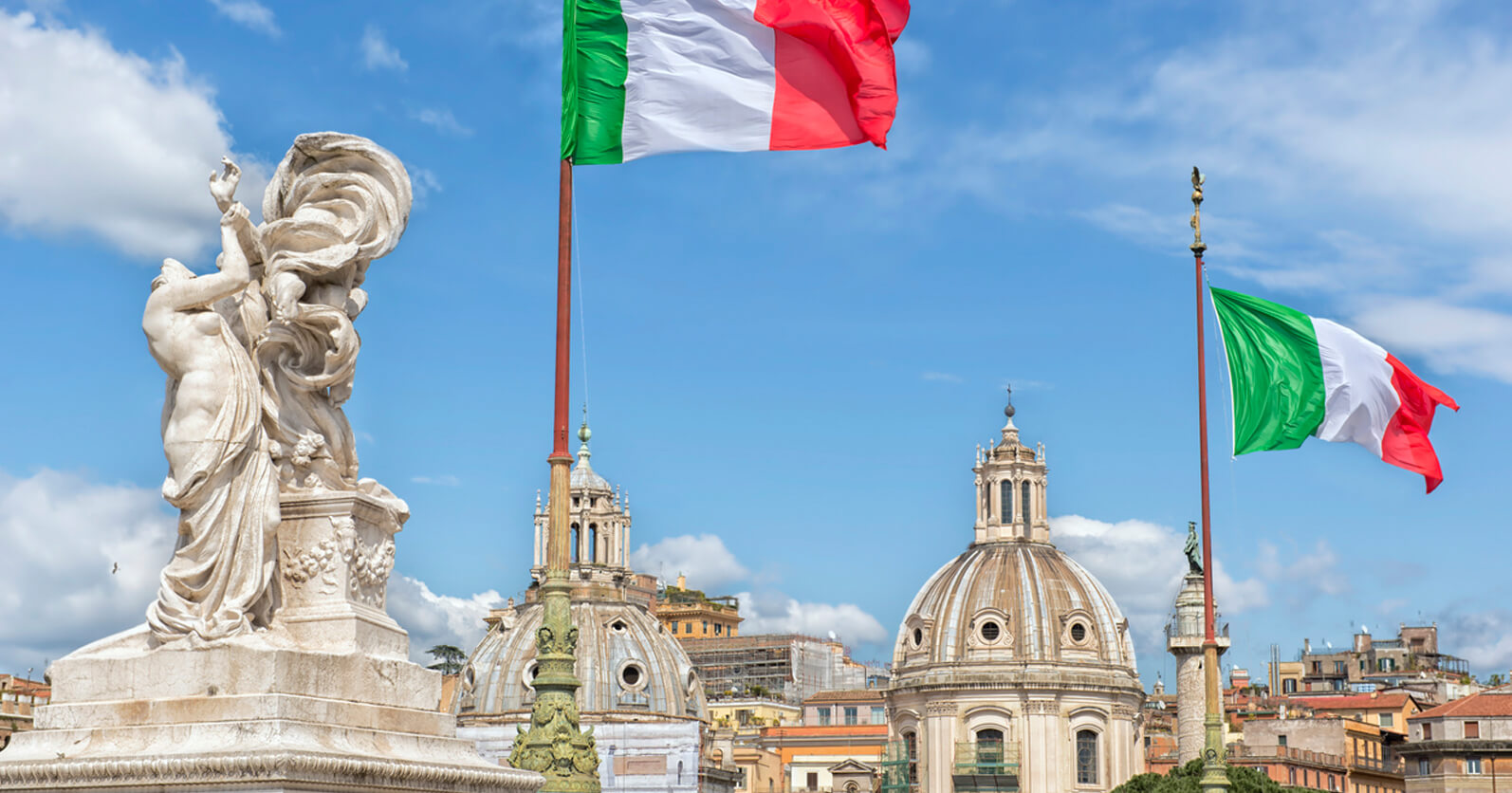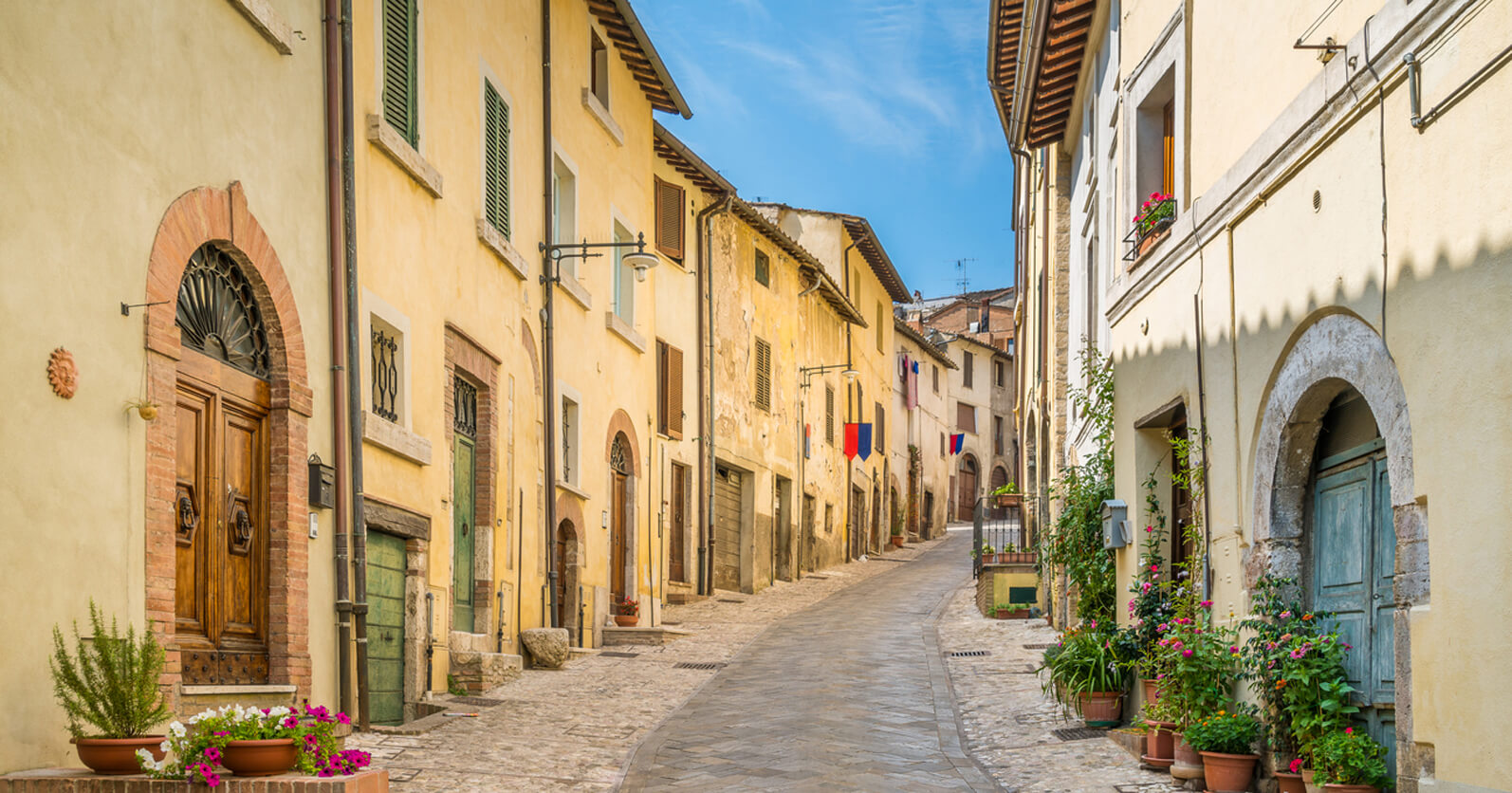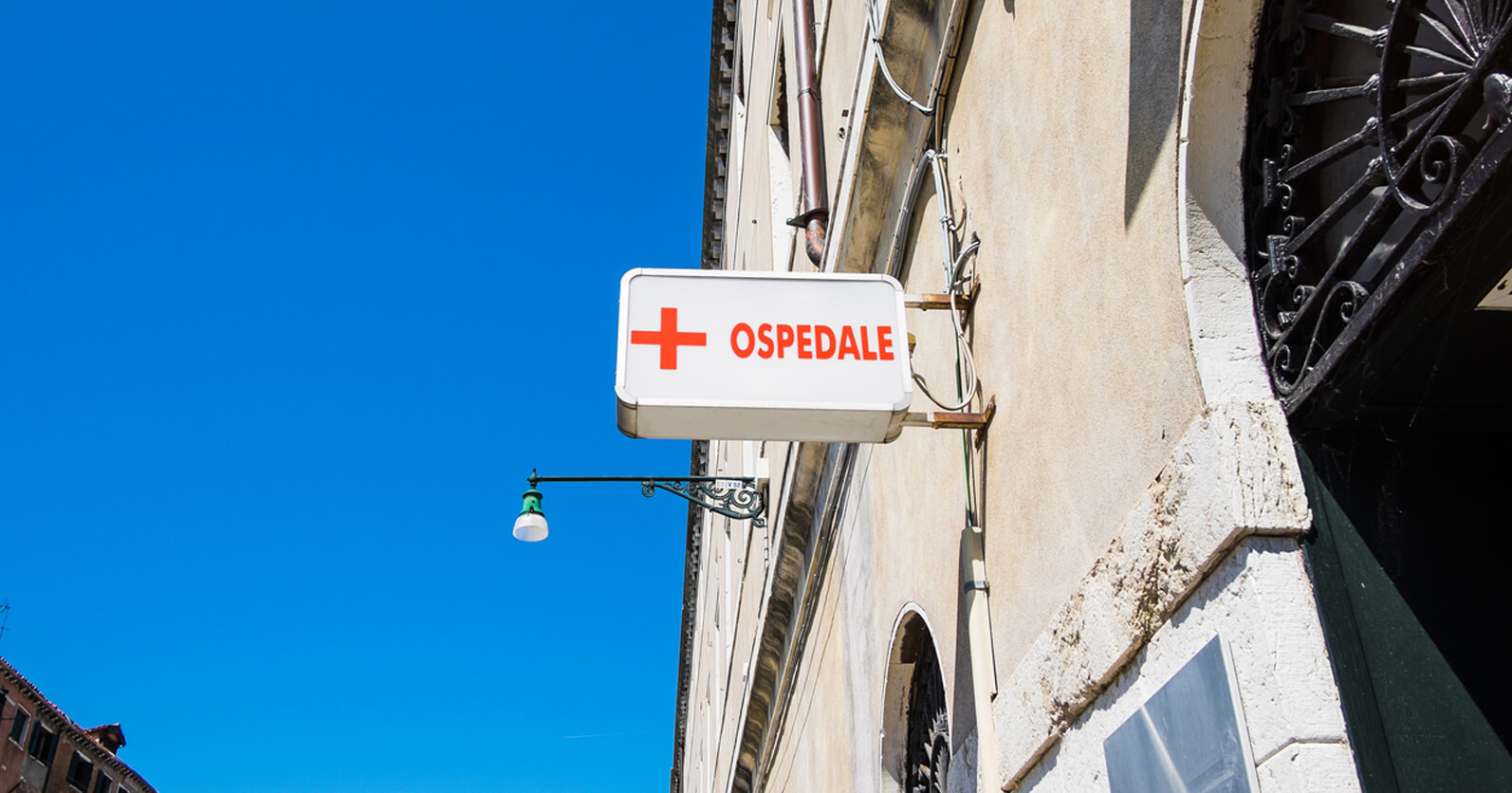
Moving to Italy: A guide for Filipinos
Have you ever dreamed of moving to Italy? Many foreigners fall in love with the country just after visiting for the first time. Italy is undoubtedly a beautiful nation with rich history, opulent architecture, delicious delicacies, and a lot more. So it’s not a surprise that many foreigners, including Filipinos, aspire to move to this stunning southern European country.
If you’re a Filipino national considering moving to Italy, you might find the process quite daunting. That’s why we’ve put together some helpful information to give you an idea of what the relocation would entail, including the following:
- Information about Italy
- Italian visa requirements for Filipino citizens
- Cost of living in Italy
- Opening an Italian bank account
- Finding accommodation in Italy
- Understanding the Italian healthcare system
- Sending money to the Philippines from Italy
About Italy

Often characterised as a country that resembles the shape of a boot, Italy is one of the most popular tourist destinations worldwide. As it sits in Southern Europe and the Mediterranean, the country boasts some of the world’s most diverse yet spectacular landscapes, delectable food, and rich culture.
If you plan on moving to Italy, it’s helpful to know the following information about the country:
Official Name: Italy
Capital: Rome
Population: 60.35 million (Worldometer, 2021)
Official Language: Italian
Weather: The weather in Italy varies depending on the location and time of the year. Northern Italy comprises some of the highest mountain peaks in Europe, so the region is generally quite cold. The south is typically hotter and dryer, characterised by mountain ranges, volcanoes and dry sierras. Though Italy has seasonal changes, it is a great country to visit any time of the year.
Italian visa requirements for Philippine passport holders

Philippine passport holders must obtain a visa to travel to Italy. Whether you wish to visit the country for tourism purposes or you plan on moving to Italy, you would have to acquire the correct visa to enter the country.
If you go to Italy for less than 90 days, you should apply for a short-term visa or Schengen visa. However, if you’re interested in moving to Italy or staying there for over 90 days, you will have to apply for a long-stay visa. Bear in mind that the application is different for EU and non-EU citizens, so make sure that the documents you prepare are the non-EU requirements.
The Italian long-stay visa, also referred to as the National Visa or D-Visa, is mandatory to enter Italy. Afterwards, you need to obtain an Italian residence permit, which would allow you to stay in the country for over 90 days.
Depending on your reason for staying in Italy, you must apply for the correct long-stay visa, which could be one of the following:
- Student visa
- Work visa
- Self-employed visa
- Family visa
- Working holiday visa
- Retirement visa
For more information on different Italian visas, click here.
For more information on Schengen visa requirements for Philippine passport holders, click here.
Cost of living in Italy

Although Italy is a fantastic place to live, it has a relatively high cost of living. It is a much more expensive place to live compared to its neighbouring countries in Southern Europe. However, the cost of living would vary significantly on the area you’ll live in, as well as your lifestyle. Cities that are more popular with tourists, such as Milan, Rome and Florence, tend to be more expensive than smaller towns.
To give you an idea of the cost of living if you decide on moving to Italy, here’s a breakdown of how much products generally cost in the country from Numbeo:
Accommodation (Monthly Rent)
City Centre
1 bedroom apartment: €692.06
3 bedroom apartment: €1,312.19
Outside the City Centre
1 bedroom apartment: €530.37
3 bedroom apartment: €932.38
Utilities (Monthly Bills)
Apartment Electricity, Water, Heating/Cooling (85 sqm apartment): €169.01
Internet: €28.41
Groceries
Rice (1kg): €1.96
Loaf of Bread (500g): €1.61
Chicken (1kg): €8.69
Beef (1kg): €14.86
Milk (1 litre): €1.17
Eggs (1 dozen): €2.83
Water (1.5 litres): €0.41
Transportation
One-way Transport Ticket: €1.50
Monthly Pass: €35.00
Gasoline (1 lire): €2.13
Taxi (1km): €1.28
Opening an Italian bank account

Regardless of where you’re from and what type of visa you hold, you should be able to open an Italian bank account. Opening an Italian bank account is particularly useful, especially if you’re planning on moving to Italy and residing in the country long term.
You will typically need to visit the bank in person to apply for a new account unless the bank accepts an online application. To open a personal account, you would need the following documents:
- Valid identification (e.g. passport)
- Proof of address
- Italian tax number or codice fiscale
- Proof of employment or residence permit
The application process is straightforward as long as you have the necessary documents. It is free to open an Italian bank account, but some may charge additional fees for maintenance, transfers or withdrawals.
Although you can use your international bank to begin with, the fees are much lower with a local bank account than an international bank account. International banks tend to charge hefty transaction fees and high exchange rate markups.
Finding accommodation in Italy

Whatever your reason is for moving to Italy, one of the hurdles you need to jump before settling in the country is finding a place to live.
Old or new building
As Italy is a lovely country with stunning old buildings and architecture, you might feel tempted to go for an old Italian building for its charming beauty. However, you have to be careful with these apartments as they can be quite problematic. They tend to have old fittings and windows, old plumbing, faulty electricity, and no lifts. However, if you still prefer to live in a beautiful old building, make sure that the apartment has been renovated to avoid encountering these issues.
Furnished or unfurnished
You should also bear in mind that rental accommodations in Italy come either furnished (arredato) or unfurnished (non arredato). Unlike most countries, unfurnished properties in Italy are entirely bare, with no fitted white goods or worse, not even a sink or lighting fixtures. You need to take this into consideration and see what works within your budget and if you have the time to purchase furniture when you arrive in the country.
Direct to the landlord or through an agency
In Italy, it is still common to find accommodations being rented out by the owner themselves. Though it may turn out cheaper to rent a property directly from the landlord, it is advisable to seek help from a real estate agent. If you’re new to the country and are not comfortable speaking Italian, the agent can help you out with the process and paperwork.
Understanding the Italian healthcare system

Italy boasts one of the world’s best healthcare systems. The Italian healthcare, also known as Servizio Sanitario Nazionale (SSN), is a regionally based national health service. It provides universal coverage to citizens and residents of the country, and they are often free of charge. However, there is co-payment for some prescriptions, tests and other procedures.
If you are moving to Italy for the first time, you may not be eligible for Italy’s public health care straight away. To apply for the tessera sanitaria or the Italian health insurance card, you will need to have residency status and an Italian identity card.
You must also only register with one general practitioner within your Local Health Authority.
In the event of an emergency, you can call 118. However, if you struggle to converse in Italian, you can contact the general EU emergency hotline, 112.
Sending money to the Philippines from Italy

When you’re finally settled in your new home in Italy, you may want to send money back to your loved ones in the Philippines from time to time.
Although using a bank may be your first choice to send money overseas, it usually turns out to be a costly option. This is because banks charge excessive fees and offer lower exchange rates.
Kabayan Remit, an online money transfer service, is a better alternative to banks for international transfers and here’s why:
- It offers high exchange rates with very low fees.
- It has a much quicker payout, so the money is usually delivered within an hour.
- It has a 24/7 bilingual customer support team who are available to assist any time of the day.
Kabayan Remit will be resuming its operations in Europe, so Filipinos in Italy will soon be able to send money to the Philippines using their services.
